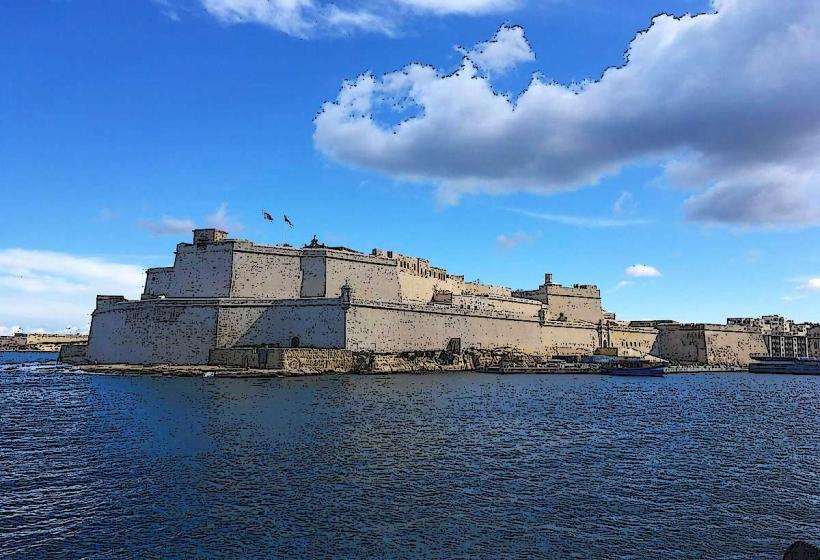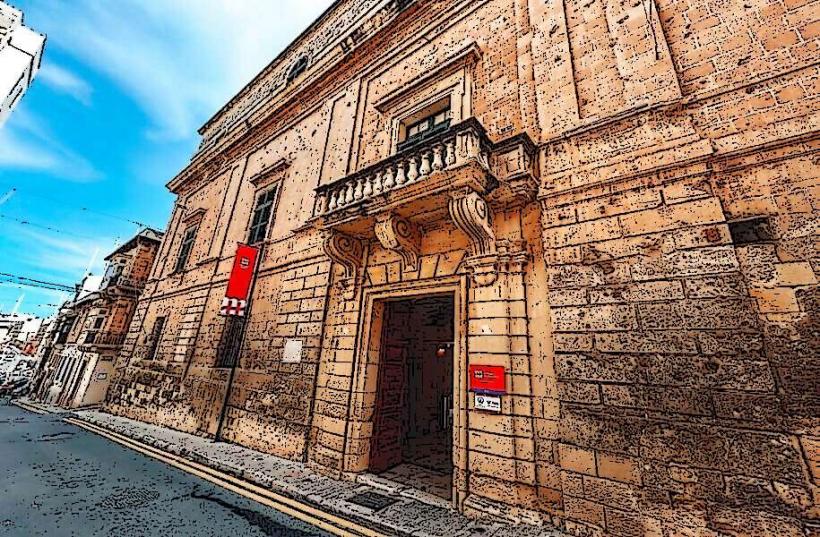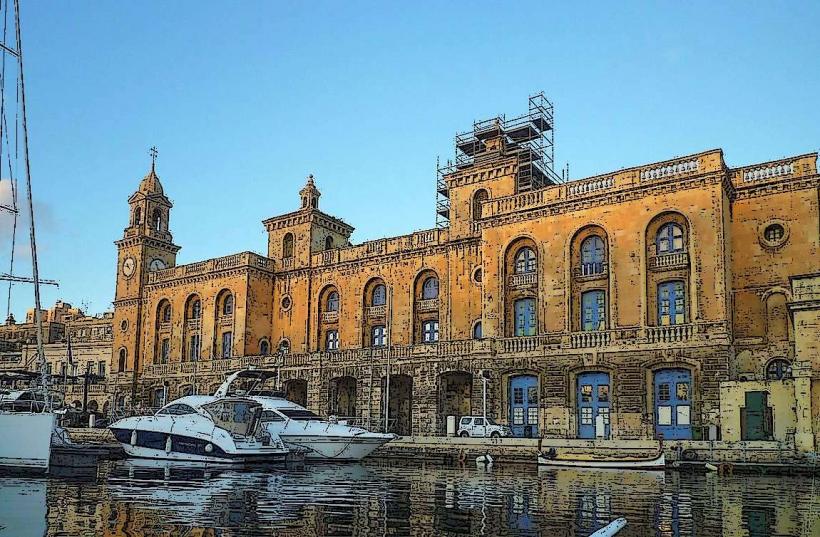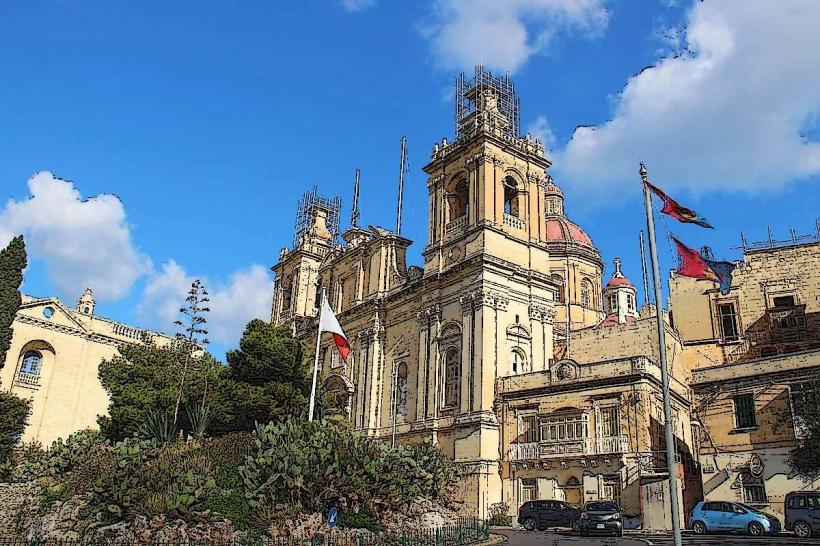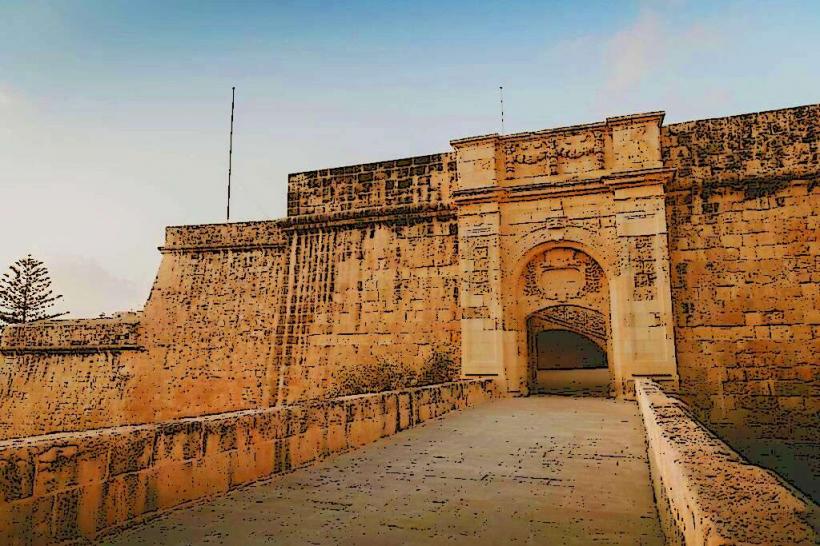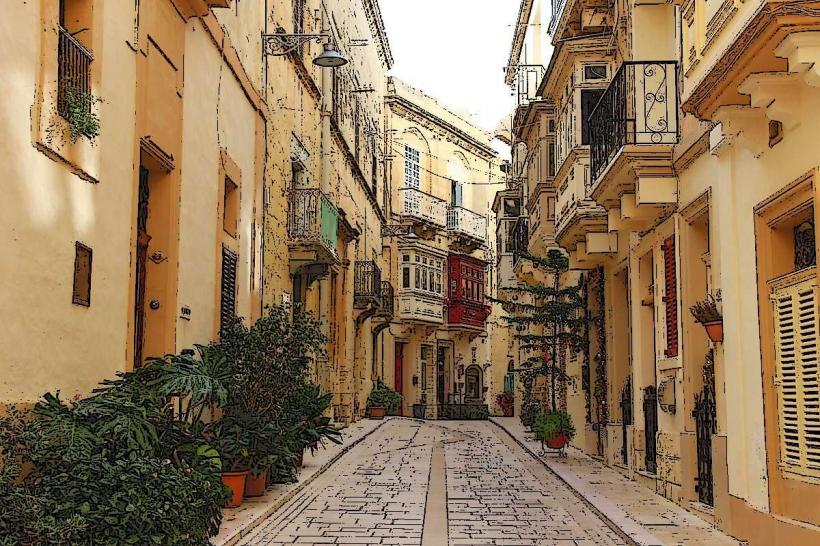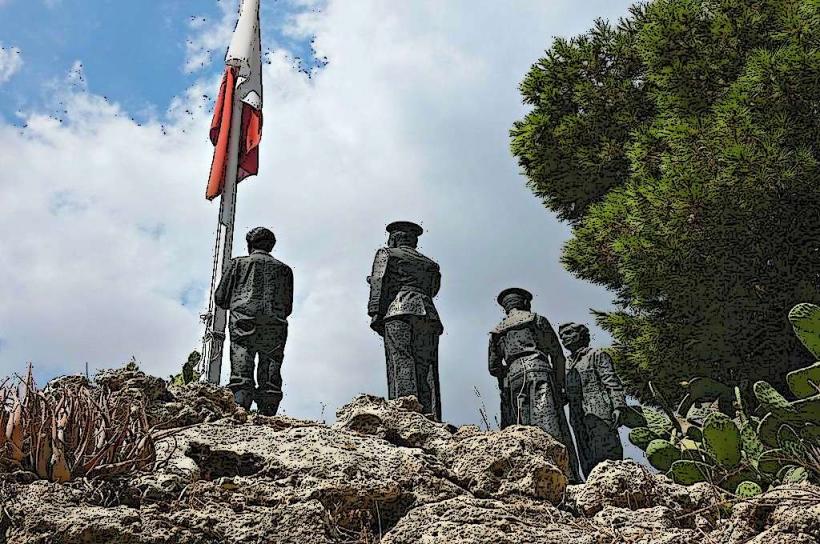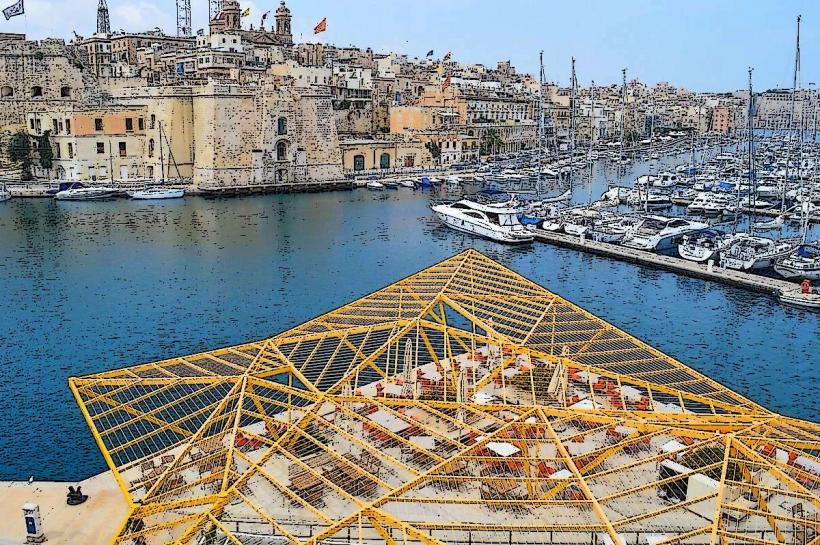Information
Landmark: Birgu Clock TowerCity: Birgu
Country: Malta
Continent: Europe
The Birgu Clock Tower (Maltese: Torri tal-Ħin ta' Birgu) is one of the iconic landmarks in Birgu (also known as Vittoriosa), one of the Three Cities in Malta. Situated in the heart of this historical town, the clock tower has become a symbol of Birgu’s rich history and its significance in the maritime and military heritage of Malta.
Historical Background
- The Clock Tower was built in the 17th century, specifically around 1680, during the time when the Knights of St. John ruled over the island. The tower was part of an effort to improve the infrastructure and urban landscape of Birgu, which was a key strategic and administrative center during the time of the Knights.
- The tower was erected as a public clock to serve the residents of Birgu and help with the coordination of daily activities, particularly for sailors and those working in port activities. Its placement near the harbor allowed it to be visible to people across the town.
- The clock tower has been an important part of the town’s civic life, acting not only as a timekeeping device but also as a symbol of authority and organization.
Architectural Features
- The Birgu Clock Tower is a freestanding structure, built with a combination of stone and brick, which reflects the Maltese Baroque style prevalent at the time. The tower's design is relatively simple yet elegant, with a tall, narrow structure that stands out above the surrounding buildings.
- The clock faces are prominently placed on all four sides of the tower, allowing the time to be visible from different points in Birgu. The clock itself has Roman numerals and hands that are clearly visible, with a traditional design characteristic of many public clocks from the period.
- The tower’s height provides a vantage point over the surrounding area, including views of the Grand Harbour and other parts of the Three Cities. Historically, the tower also acted as a lookout point for potential threats coming from the sea, a common feature in Maltese military architecture.
Significance and Role
- The Birgu Clock Tower has been a symbol of civic pride for the people of Birgu, marking the town's long-standing role as a major maritime center in Malta. Its construction during the time of the Knights of St. John connects it to the island's military history and the Knights' influence on Malta’s infrastructure.
- Beyond its practical use as a timekeeping device, the clock tower has become an important part of Birgu’s identity. It represents the town’s history and its continued relevance as a historical and cultural site in Malta.
Location and Accessibility
- The Birgu Clock Tower is located at the heart of Birgu, which is part of the Three Cities in Malta, a collection of historical towns along the Grand Harbour.
- It is easily accessible from the main streets of Birgu and is close to other key sites, such as the Inquisitor’s Palace and the Malta Maritime Museum. Visitors to the area can view the tower from various parts of the town and use it as a reference point when exploring Birgu’s historical streets.
Restorations and Modern Day
- Over the years, the Birgu Clock Tower has undergone several renovations and restorations to preserve its structure and functionality. The clock continues to function, providing an important timekeeping service to the town and maintaining its historical charm.
- In addition to its functional role, the clock tower is a popular spot for tourists visiting Birgu and the nearby Grand Harbour area. It stands as one of the visual landmarks that give Birgu its unique character.
Conclusion
The Birgu Clock Tower is an important historical and architectural feature of Birgu, Malta, reflecting the town’s significance during the time of the Knights of St. John. As both a public clock and a military lookout, the tower has been central to the town’s daily life for centuries. With its distinctive Baroque-style design and prominent location in the heart of the town, the clock tower remains a symbol of Birgu’s rich heritage, contributing to its status as a must-visit destination for anyone interested in Malta’s history and culture.

